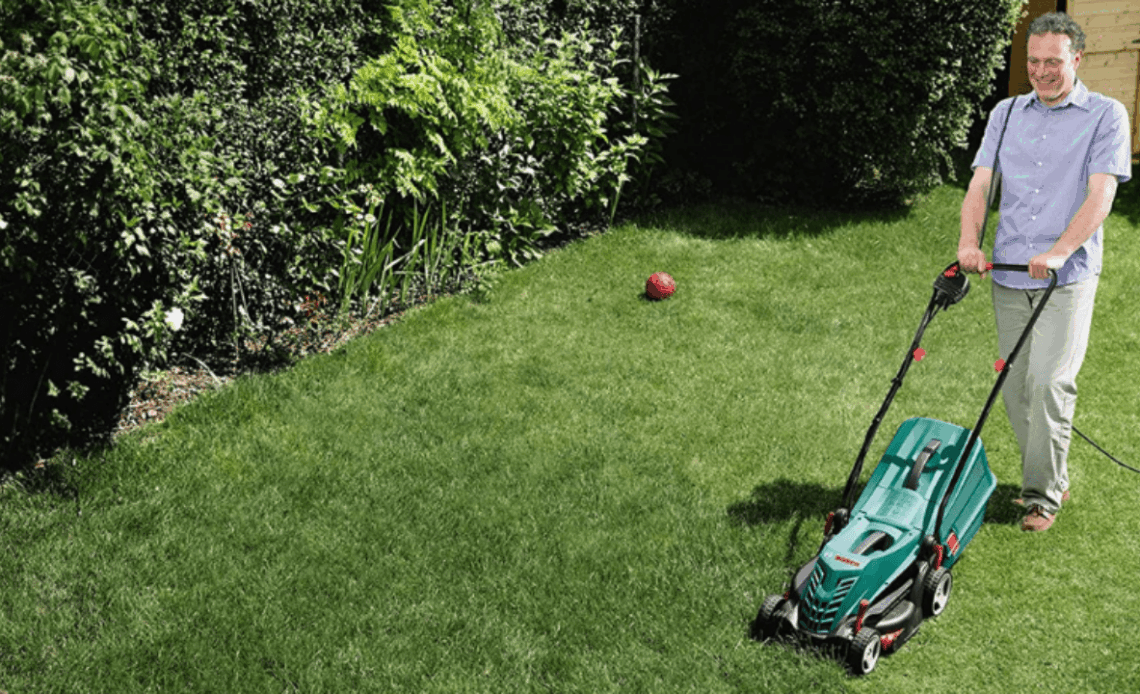Selecting the appropriate mowing equipment can have a big impact on the work and outcome of keeping a lovely lawn. Today’s market offers two primary types of lawn mowers: traditional and robotic. Each offers special benefits and works well with particular garden designs, demands, and tastes. This guide will assist you in understanding the main distinctions so that you can make the best choice possible if you’re unsure which one to invest in.
Traditional Lawn Mowers: Power and Control
There are two primary categories of conventional lawn mowers: push mowers and ride-on mowers. These are powered by either gasoline engines or electric motors and have been the go-to tools for decades. For medium to large gardens, especially those with thick or uneven grass, traditional mowers offer robust cutting power and hands-on control.
Advantages:
- Powerful Performance: Whether petrol or electric, traditional mowers are generally stronger and can handle tough terrain and dense grass more effectively.
- Cost-Effective Upfront: Initial purchase prices are often lower than robotic options, especially for electric or manual push mowers.
- Versatility: Numerous models come with grass collection bags, mulching capabilities, and height-adjustable cutting blades.
Considerations:
- Labor-Intensive: You need to be physically present and actively mow the lawn.
- Noise and Emissions: Gasoline models are noisy and emit fumes. Although they need a power source or battery charge, electric models are cleaner and quieter.
- Maintenance: Regular cleaning, blade sharpening, and motor checks are required. In particular, the lawn mower electric motor should be maintained properly for long-term efficiency and reduced breakdowns.
Robotic Lawn Mowers: Smart and Autonomous
Robotic lawn mowers have transformed garden care by offering a hands-free experience. These compact, battery-powered machines operate autonomously within defined boundaries, trimming the grass a little at a time to maintain a neat lawn consistently.
Advantages:
- Convenience: Once installed and programmed, they require minimal intervention. Certain models even autonomously return to their charging stations.
- Energy Efficient: Compared to conventional mowers, they consume less energy and are made to run quietly and sustainably.
- Healthier Lawns: By mowing frequently and cutting just a few millimeters at a time, robotic mowers promote healthier grass and reduce the need for fertilization.
Considerations:
- Higher Initial Cost: Robotic mowers tend to be more expensive upfront, especially for models with advanced features like GPS navigation or app control.
- Limited Terrain Handling: They work best on flat, obstacle-free lawns. Complex landscapes may require professional installation or multiple boundary wires.
- Ongoing Maintenance: Though minimal, occasional cleaning, blade replacement, and software updates are still necessary.
Key Factors to Consider
Garden Size and Layout
Traditional mowers are more practical for large gardens with varied terrain. Robotic mowers, however, shine in small to medium-sized lawns with simple layouts.
Time and Effort
If you enjoy working outdoors and find mowing therapeutic, a traditional mower gives you full control. But if you prefer to save time and effort, a robotic mower does the job while you relax.
Budget
For a limited budget, a traditional electric or manual mower is a solid choice. Robotic mowers are an investment, but the long-term savings in time and electricity may justify the cost.
Environmental Impact
Compared to gas-powered mowers, electric and robotic mowers are more environmentally friendly. They lessen your carbon impact and create less noise.
Conclusion
The best mower for your garden depends largely on your needs, garden size, and lifestyle. Traditional lawn mowers offer power and flexibility, ideal for those who prefer hands-on maintenance. Robotic lawn mowers, on the other hand, bring automation and efficiency, perfect for modern homeowners seeking convenience.

